A new era of sustainable feed is emerging.

Farming is currently shifting in a way that feels both overdue and surprisingly exciting, mostly because the search for sustainable animal feed has reached a point where insects and lab grown ingredients are no longer seen as fringe ideas. They are showing real potential to cut costs, reduce environmental strain and improve animal health in ways that traditional feeds struggle to match. As scientists and farmers watch these changes unfold, the future of agriculture is starting to look very different from the model we grew up hearing about.
1. Farms begin shrinking their environmental footprint fast.

Insect based feeds require far less land and water than crops like soy, which currently dominate global feed production. Studies show that producing black soldier fly protein uses only a sliver of the resources needed for conventional feed crops. This helps reduce deforestation linked to soy farming and lowers emissions created by long distance shipping. Farmers suddenly gain a way to shrink their footprint without overhauling entire systems.
Environmental benefits show up quickly when insect production happens near farms. Less transportation means less fuel, and using food scraps as insect feed cuts waste dramatically. This creates a rare win for both farmers and ecosystems, making sustainability feel like something that fits naturally into daily operations rather than an expensive extra task.
2. Food waste suddenly becomes a valuable protein source.
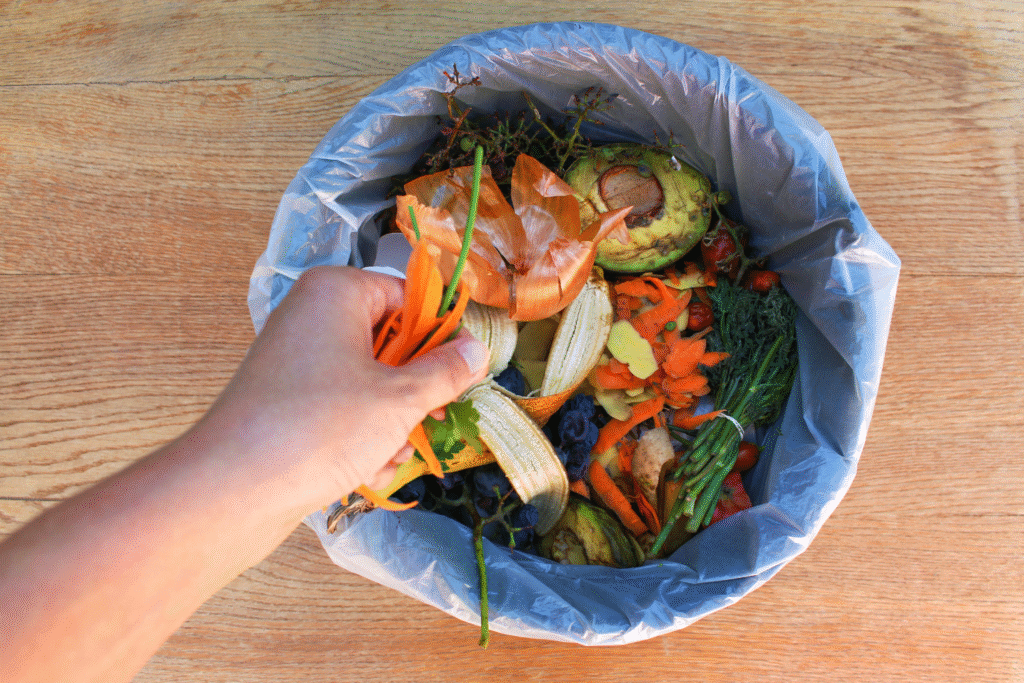
One of the incredible upsides of insect farming is that it turns food waste into animal feed. Black soldier fly larvae thrive on discarded fruits, vegetables and grains, converting them into dense protein. Considering how much global food waste ends up in landfills, this shift gives that material a second life with real economic value.
Redirecting scraps into insect facilities creates a circular system that benefits local farms and food companies. Instead of paying to dispose of waste, businesses can channel nutrients back into agriculture. This cycle reduces pressure on landfills and transforms something once seen as useless into a key building block of sustainable farming.
3. Animal diets shift toward more precise nutrition.
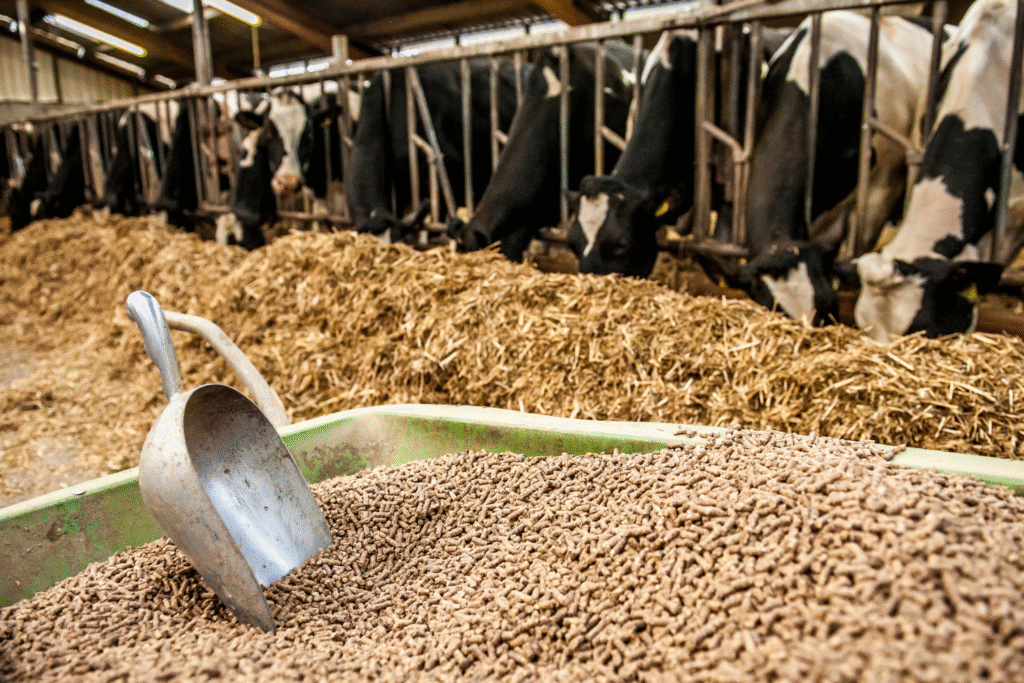
Insects naturally contain amino acids and minerals that align closely with livestock needs. Black soldier fly meal is particularly rich in calcium, digestible protein and beneficial fats. This nutrient profile can support stronger growth, better immunity and overall healthier animals without relying heavily on synthetic additives.
Lab grown feed ingredients take this a step further by allowing scientists to tailor nutrient levels during production. Fatty acid ratios, protein structures and micronutrients can be adjusted with precision. That means future feed formulas may match species needs so closely that animals perform better with fewer supplements.
4. Local feed production strengthens supply resilience.

Traditional feed systems rely heavily on global trade networks, which are vulnerable to droughts, shipping delays or market swings. Insect farms and lab grown feed facilities can operate almost anywhere, giving farmers more local control over their supply. This flexibility acts as a buffer against disruptions that normally cause sudden price spikes.
Insects multiply quickly, and lab grown ingredients are produced in controlled environments, so scaling up becomes much easier during shortages. This level of reliability helps stabilize farm planning during challenging seasons and creates a safety net that global crop markets often fail to provide.
5. Aquaculture gains a cleaner and steadier feed stream.
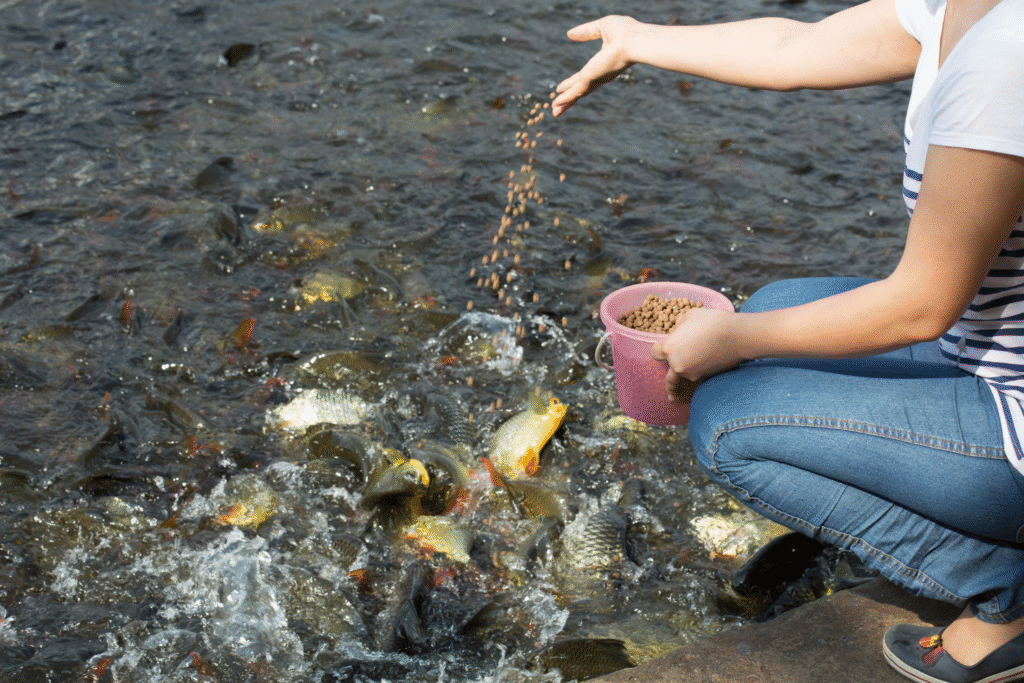
Fish farms have long relied on fishmeal made from wild caught species, which strains ocean ecosystems. Insect protein offers a sustainable alternative that performs just as well. Research shows that farmed fish fed black soldier fly meal often grow at similar or improved rates compared to those fed traditional fishmeal, with notable boosts in gut health.
Switching to insect feeds reduces pressure on marine life and gives aquaculture operations a dependable supply that does not depend on wild fish stocks. As seafood demand grows, this steadiness becomes essential for balancing environmental health with production.
6. Livestock achieve stronger growth with efficient feed use.
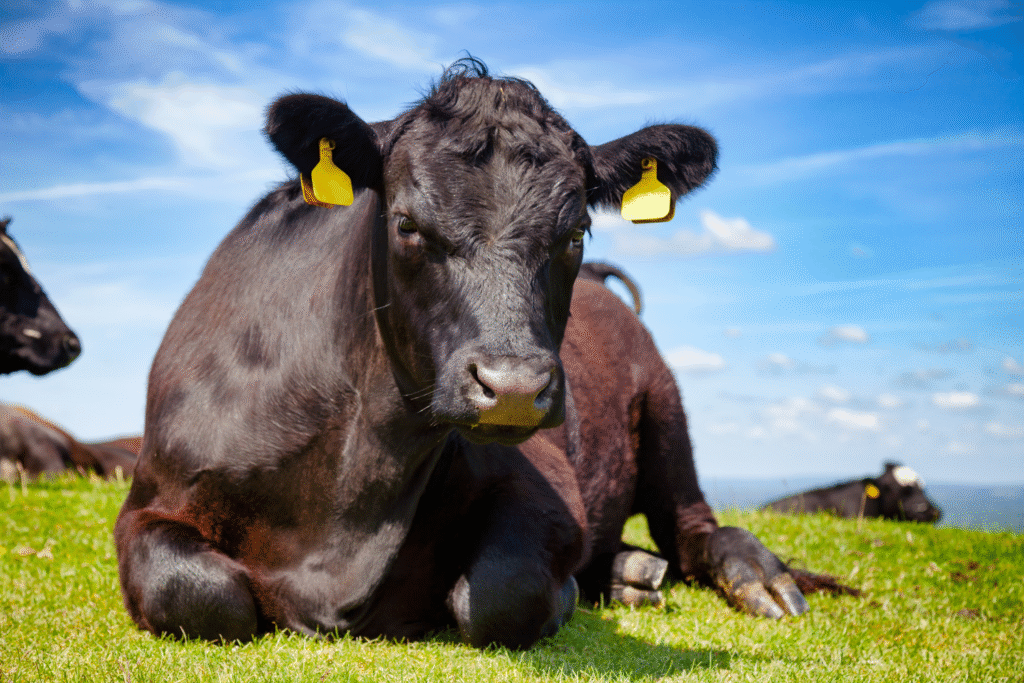
Livestock tend to digest insect protein efficiently because it resembles natural prey in many species. That digestibility means animals often gain more from the same amount of feed or require less feed overall. For farmers watching feed costs rise each year, this efficiency can translate into major savings.
Lab grown feeds also bring consistency that traditional crops cannot. Weather fluctuations, soil quality and pests make plant based feeds unpredictable. When nutrients are engineered with precision, farmers can rely on stable quality and project outcomes more accurately. That stability helps smooth margins in an industry where unpredictability is common.
7. New feed industries spark fresh economic opportunities.

Insect farming is creating new economic pockets in both rural and urban regions. Facilities built in warehouses or modular buildings open jobs in animal care, research, logistics and engineering. These operations often sit close to farms or food processing plants, creating local clusters of interconnected businesses.
Communities with limited agricultural opportunities suddenly gain a new industry that grows quickly and adapts easily. This diversification strengthens regional economies and gives younger workers job paths that blend agriculture with science and technology.
8. Healthier livestock diets lessen reliance on antibiotics.
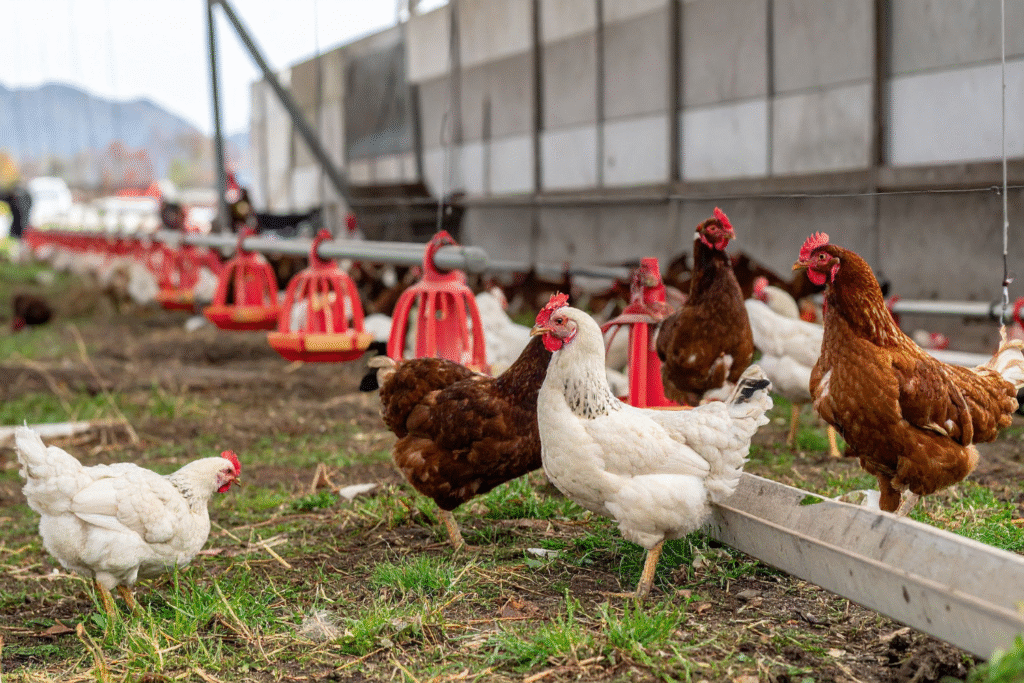
Insects contain natural antimicrobial compounds that support gut health. Early studies suggest livestock fed insect meal show reduced illness rates, allowing farmers to cut back on antibiotics. Lower antibiotic use helps slow resistance development, a major concern in both human and animal medicine.
Lab grown feeds can be engineered to include immune boosting components, reinforcing the animal’s natural defenses. This gives farmers another tool for keeping herds healthy without overusing medication, which leads to better outcomes for animals and consumers alike.
9. Farming emissions drop through smarter feed innovation.

Producing insect protein generates significantly fewer greenhouse gases than crop based or fish based feed ingredients. Insects emit little methane, need minimal water and thrive in compact spaces. As farms shift toward these feeds, the sector’s overall carbon output declines noticeably.
Lab grown feed production can be paired with renewable energy systems, further reducing emissions. Combined, these innovations point toward a future where feed no longer ranks as one of agriculture’s biggest environmental burdens but instead becomes part of the solution.
10. Agriculture moves closer to a full circular system.

The long term vision for insect and lab grown feed is a tightly connected loop where every output becomes an input again. Food scraps feed insects, insects feed livestock, and livestock waste can be processed into fertilizer or energy. This structure minimizes waste and maximizes resource use.
As farms adopt pieces of this cycle, the system becomes stronger. Each improvement nudges agriculture toward a version of itself that is more resilient, more efficient and far better aligned with the ecological realities of the future.
